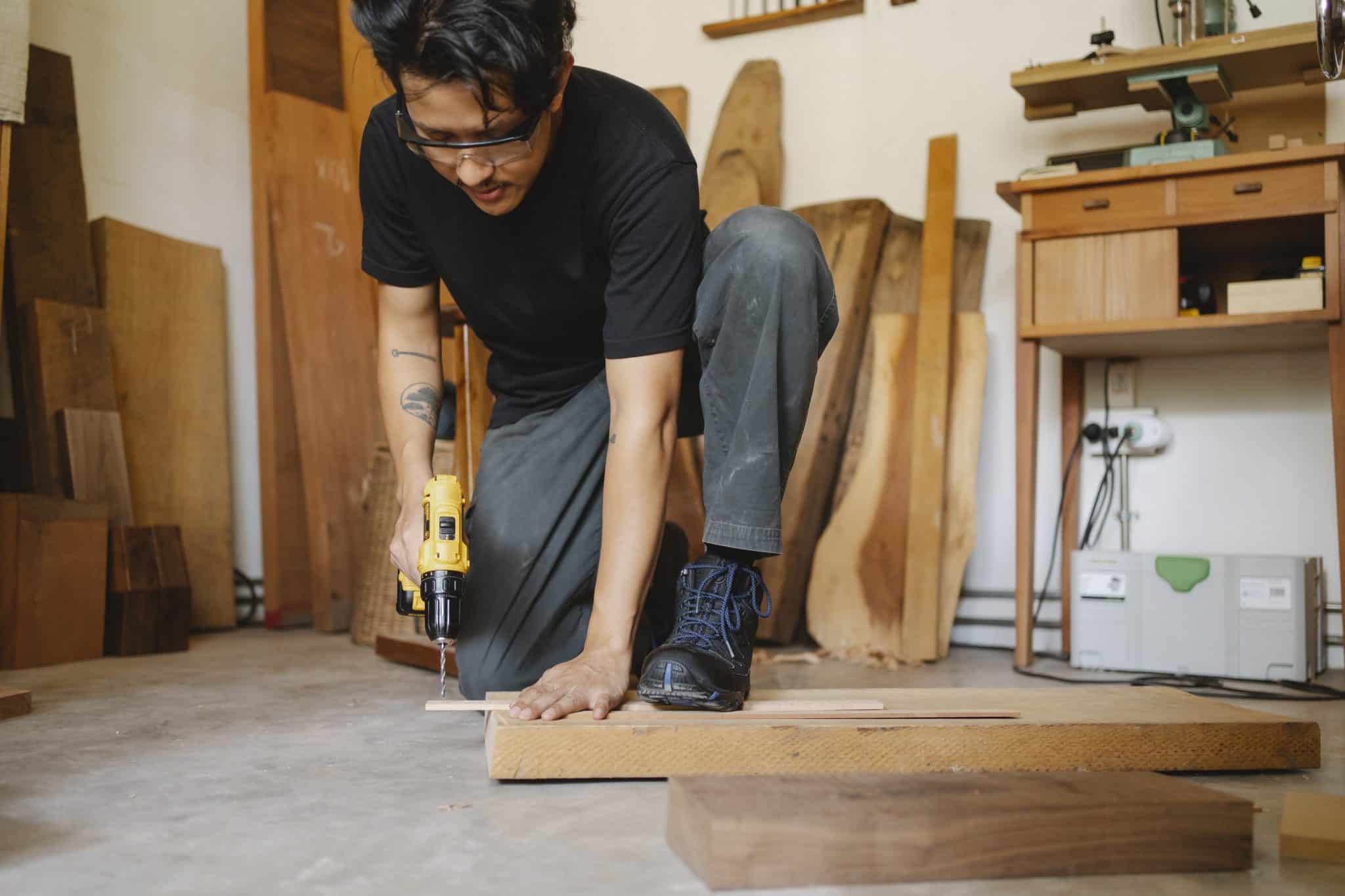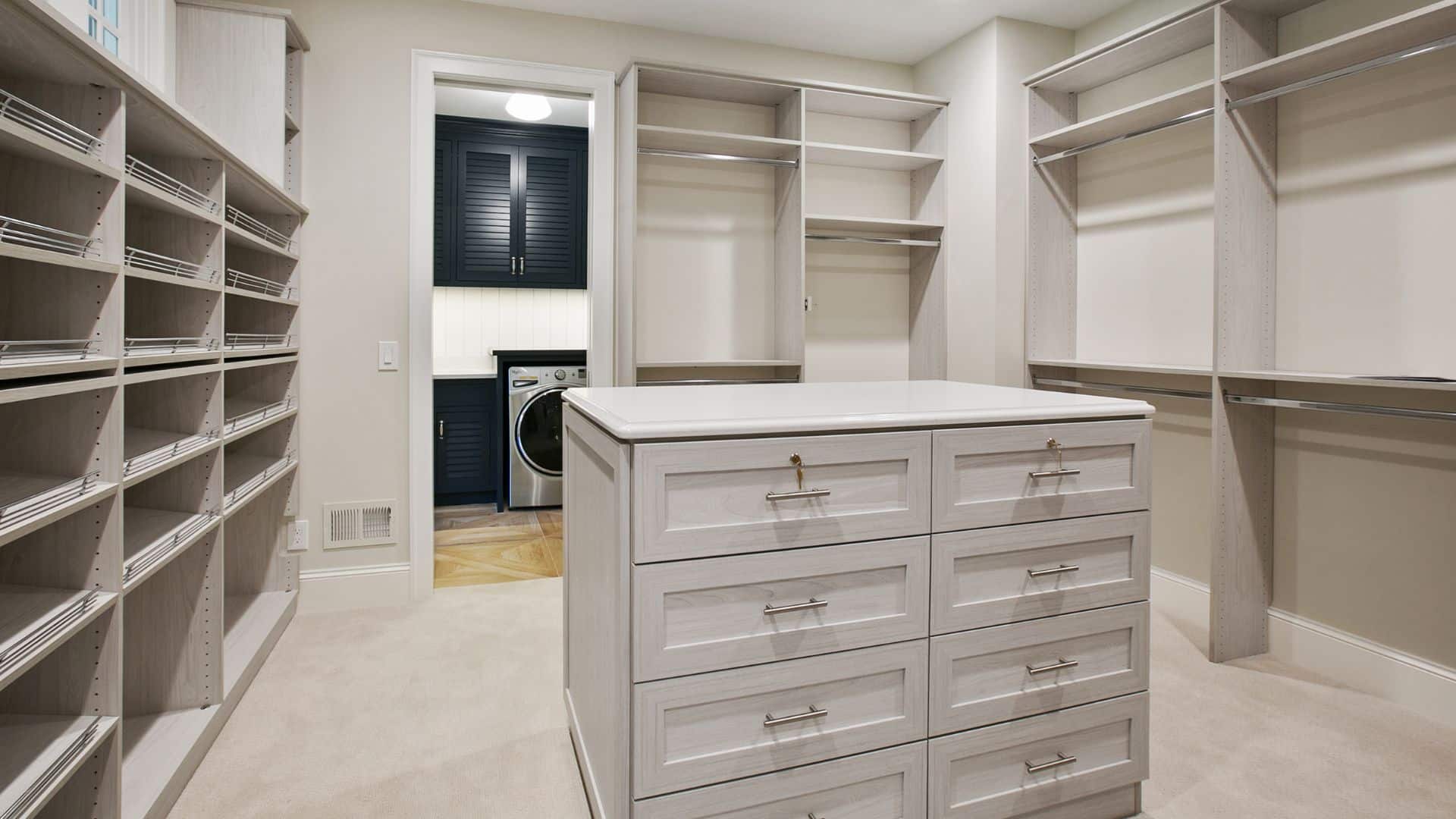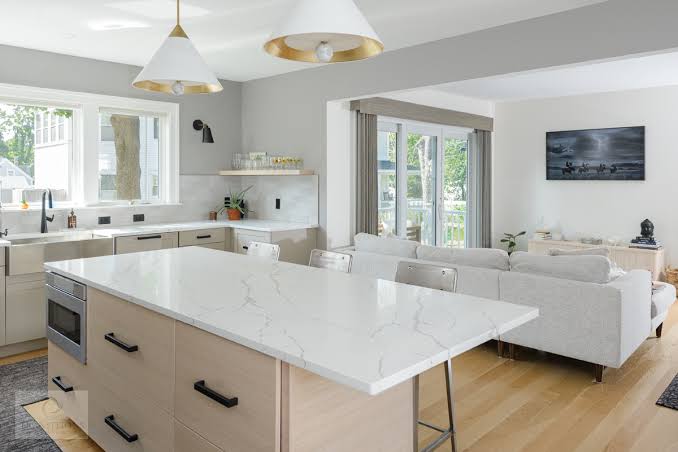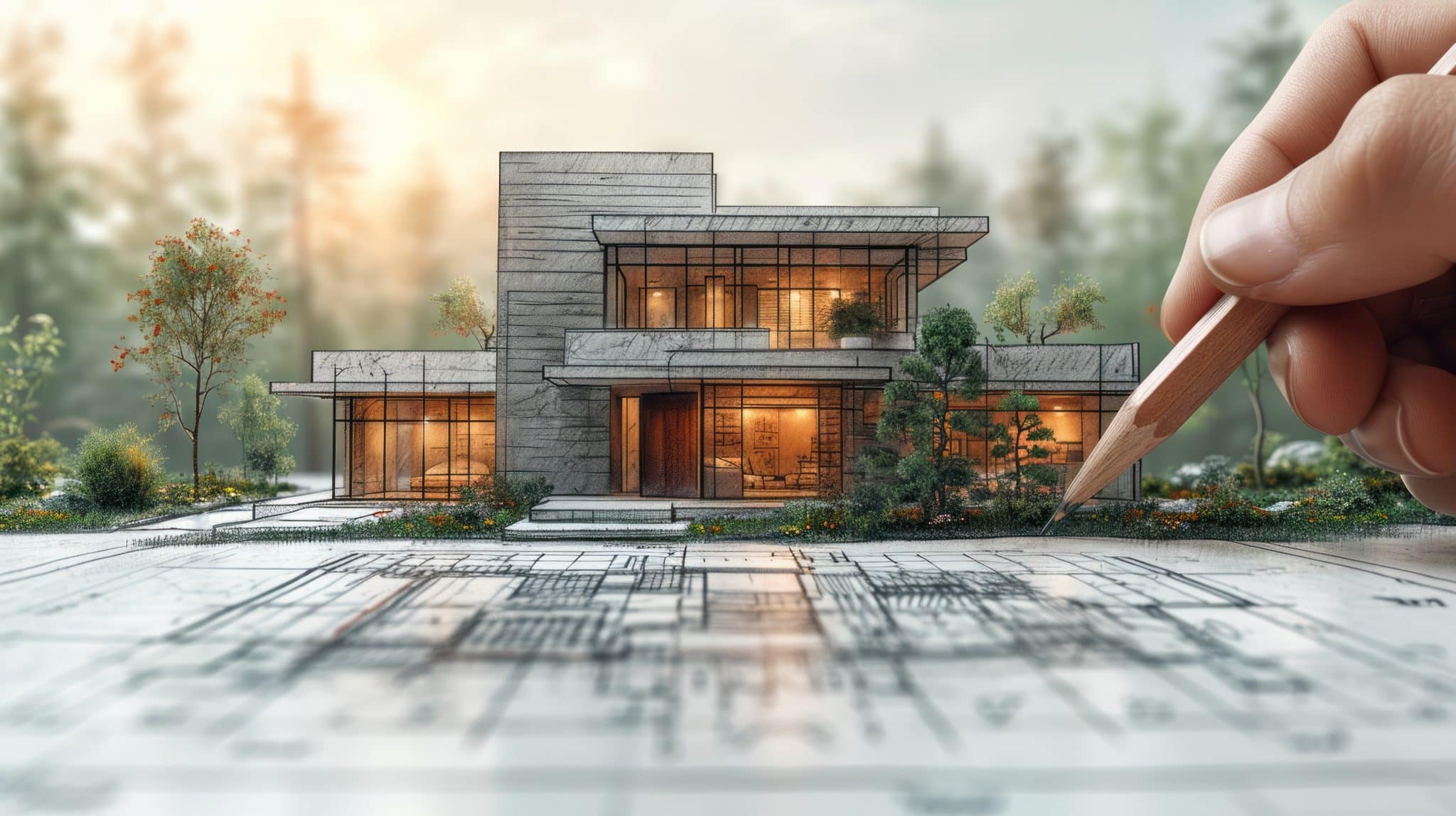How to Keep Your Eyes Safe When Doing Home Improvement Projects
You’ve heard it said that most dangers happen close to home. In the case of eye-related injuries, over 40% actually occur in the home. These accidents happen while people do seemingly innocuous activities like home repairs, cleaning, cooking, and yard work. Why is the household rife with opportunities for eye injury?
For starters, chemicals in everyday cleaning products – like bleach – are the culprit of around 125,000 eye injuries annually because even a few seconds of contact can lead to inflammation of the conjunctiva.
When working on projects in the garage, your eyes are vulnerable to screws and nails, which could be launched into the air by a power tool, and out in the garden, thorns, branches, and even sharp-leaved plants are considered an eye hazard.
90% of eye injuries can be prevented simply by wearing protective eyewear, so if you’re the type whose home improvement to-do list never seems to end, it may be time to invest in eye safety.
Indoor Eye Protection
Over a third of eye injuries happen indoors, particularly in the kitchen, where hot cooking oils could splash into the eye. An easy fix is to use a pan lid or grease shield. Eye irritation can also occur when you accidentally rub your eyes after dealing with spices and other raw ingredients.
If you spend a lot of time in the kitchen, installing a skylight may be worthwhile, as they make a great source of safety-improving natural light.
After repainting that wall or sanding that cupboard, be sure to give your hands a good wash – or better yet, avoid touching your eyes altogether. To prevent sweat from pooling around your eyes, which can cause you to rub the area, wear a sweat-wicking headband during DIY time.
This Lululemon headband has velvet bonding, so it stays perfectly in place, and its cottony, breathable feel is ideal for those whose home improvement projects take all day. You can toss it in the washing machine when you’re done. Using toxic chemicals may also be unavoidable when cleaning bacteria-prone areas like the bathroom.
To keep your eyes safe, ensure the room is well-ventilated, use brushes with long handles to maximize your distance from fumes, and keep your exposure time as short as possible. Prescription safety glasses provide clear vision and essential eye protection, making them ideal for both workplace safety and everyday tasks.
Outdoor Eye Protection
People who often do yard work or outdoor projects may assume that only their skin needs protection, particularly from the sun. However, prolonged exposure to UV rays can affect the lens proteins of your eye, which, over time, can lead to worsened eyesight and even the formation of cataracts.
So, aside from wearing long-sleeved clothing and slathering on some sunscreen, it’s wise to invest in sunglasses with UV protection. This shields your eyes from the sun and avoids glare, which can cause injuries. For those who want to do some basic gardening and need eye correction, wearing prescription sunglasses will protect your eyes from the harsh light and keep everything visible.
The Oakley OO9102 Holbrook has a high bridge fit to keep them from slipping while you’re bent over, and its polarized lenses reduce glare and keep images sharp and clear so you don’t have to squint.
To round out your outdoor eye protection gear, consider a wide-brimmed hat – this will shield you from prickly heat and keep your scalp from getting sunburned. If you’re working on an outdoor building project, personal protective equipment is even more critical.
Safety goggles can protect your eyes from dust and dirt, but if you’re dealing with materials like pesticides, add a face shield to provide better coverage. When it comes to safety equipment, you always hope not to need it – but in the unlikely event that you do, you’ll be glad you were wearing it. Always cover your eyes and other body parts to avoid injury to yourself and others.







